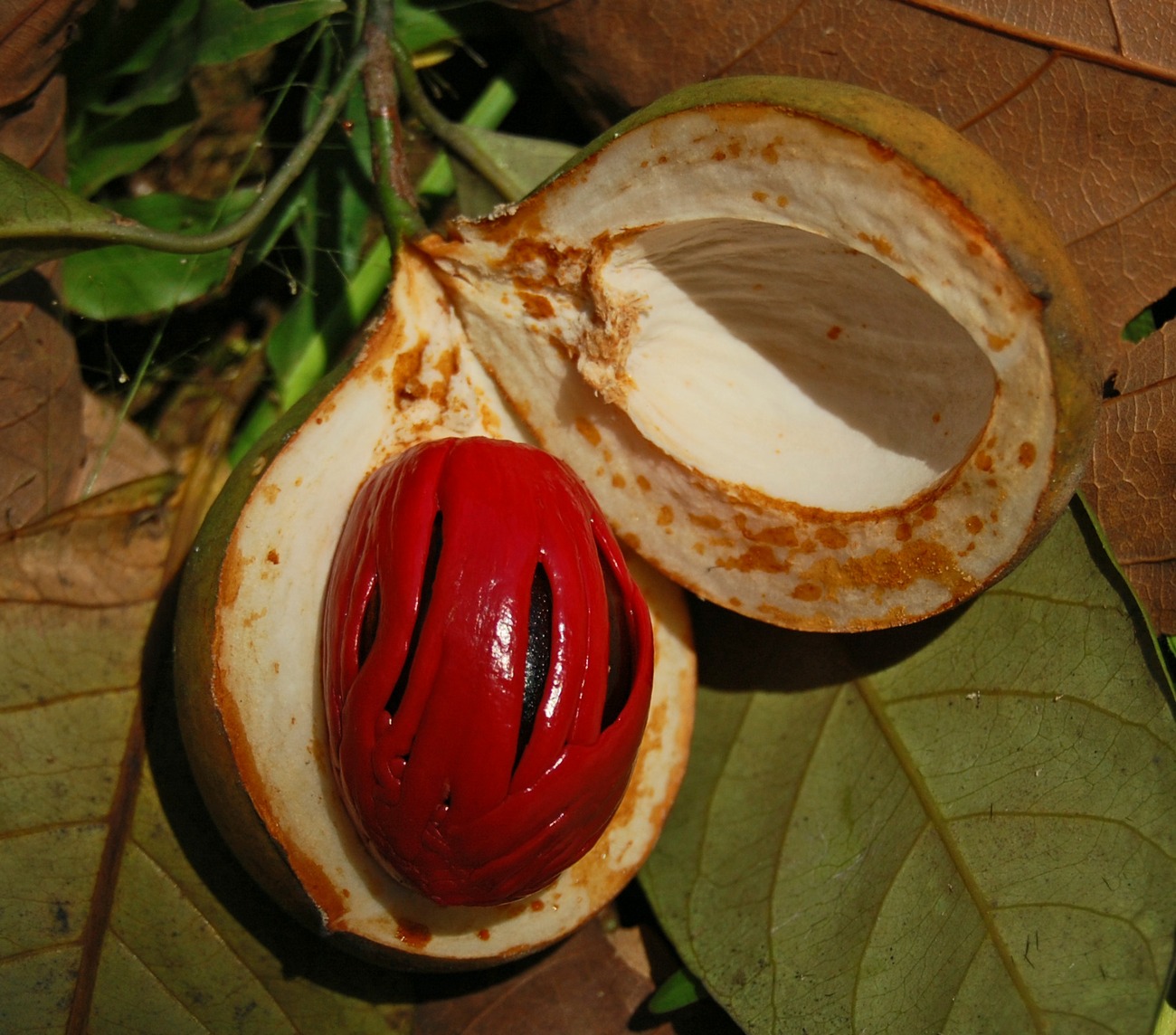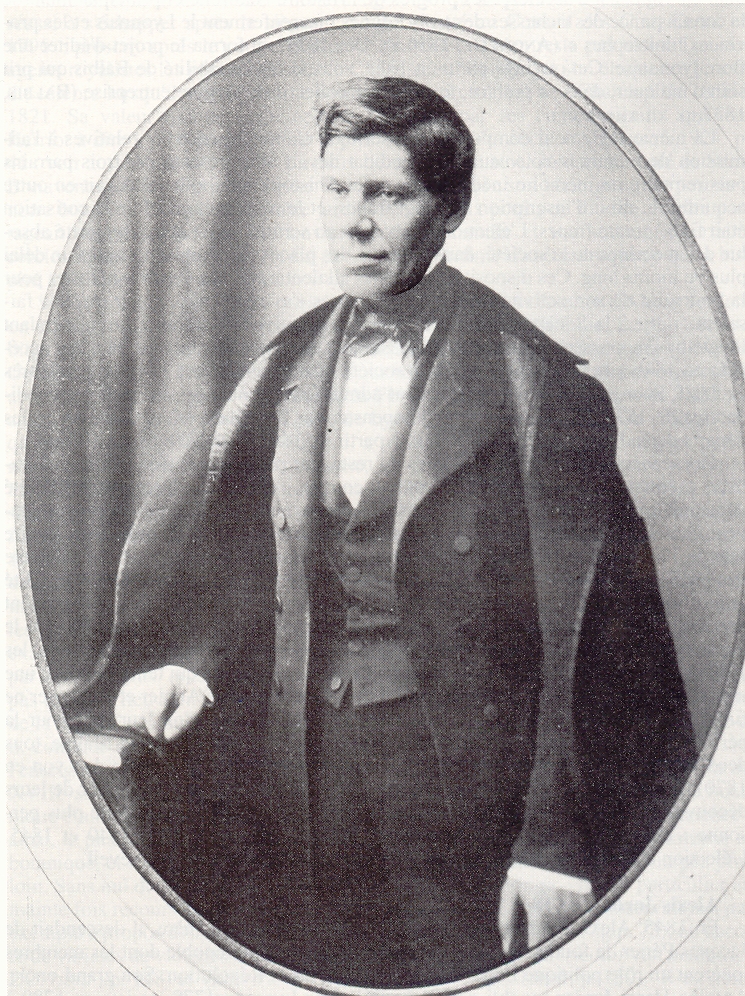|
Jules Pierre Fourreau
Jules Pierre Fourreau (25 August 1844, Lyon – 16 January 1871, Beaune) was a French botanist. As a young man he worked as an assistant to botanist Alexis Jordan (1814-1897) in Lyon. Beginning in the mid-1860s, he began collecting plants throughout southeastern France (Ardèche, the Alps, Provence, et al.). In November 1870 he enlisted in the ''Légionnaires du Rhône'', and on 16 January 1871 he died in a hospital in Beaune as a result of injuries received at the Bataille de Nuits (18 December 1870).Prosopo Sociétés savantes de France In 1864 he became a member of the ''Société linnéenne de Lyon''. In 1867 he introduced the genus name ''Mistralia'' (family ) in honor of poet |
Lyon
Lyon,, ; Occitan: ''Lion'', hist. ''Lionés'' also spelled in English as Lyons, is the third-largest city and second-largest metropolitan area of France. It is located at the confluence of the rivers Rhône and Saône, to the northwest of the French Alps, southeast of Paris, north of Marseille, southwest of Geneva, northeast of Saint-Étienne. The City of Lyon proper had a population of 522,969 in 2019 within its small municipal territory of , but together with its suburbs and exurbs the Lyon metropolitan area had a population of 2,280,845 that same year, the second most populated in France. Lyon and 58 suburban municipalities have formed since 2015 the Lyon Metropolis, Metropolis of Lyon, a directly elected metropolitan authority now in charge of most urban issues, with a population of 1,411,571 in 2019. Lyon is the Prefectures in France, prefecture of the Auvergne-Rhône-Alpes Regions of France, region and seat of the Departmental council (France), Departmental Coun ... [...More Info...] [...Related Items...] OR: [Wikipedia] [Google] [Baidu] |
Beaune
Beaune () is the wine capital of Burgundy in the Côte d'Or department in eastern France. It is located between Lyon and Dijon. Beaune is one of the key wine centers in France, and the center of Burgundy wine production and business. The annual wine auction of the Hospices de Beaune is the primary wine auction in France. The town is surrounded by some of the world's most famous wine villages, while the facilities and cellars of many producers, large and small, are situated in the historic center of Beaune itself, as they have been since Roman times. With a rich historical and architectural heritage, Beaune is considered the "Capital of Burgundy wines". It is an ancient and historic town on a plain by the hills of the Côte d'Or, with features remaining from the pre-Roman and Roman eras, through the medieval and renaissance periods. Beaune is a walled city, with about half of the battlements, ramparts, and the moat, having survived in good condition. The central "old town" o ... [...More Info...] [...Related Items...] OR: [Wikipedia] [Google] [Baidu] |
Botanist
Botany, also called plant science (or plant sciences), plant biology or phytology, is the science of plant life and a branch of biology. A botanist, plant scientist or phytologist is a scientist who specialises in this field. The term "botany" comes from the Ancient Greek word (') meaning " pasture", "herbs" " grass", or "fodder"; is in turn derived from (), "to feed" or "to graze". Traditionally, botany has also included the study of fungi and algae by mycologists and phycologists respectively, with the study of these three groups of organisms remaining within the sphere of interest of the International Botanical Congress. Nowadays, botanists (in the strict sense) study approximately 410,000 species of land plants of which some 391,000 species are vascular plants (including approximately 369,000 species of flowering plants), and approximately 20,000 are bryophytes. Botany originated in prehistory as herbalism with the efforts of early humans to identify – ... [...More Info...] [...Related Items...] OR: [Wikipedia] [Google] [Baidu] |
Claude Thomas Alexis Jordan
Claude Thomas Alexis Jordan (29 October 1814 in Lyon – 7 February 1897 in Lyon) was a French botanist and taxonomist. Life and work Jordan was in Lyons where his father César was from a wealthy business family and his mother Jeanne-Marie (Adèle) Caquet d’Avaize had a lawyer father. The mathematician Camille Jordan and the namesake politician were cousins. He chose to study natural history rather than become a businessman. From 1836 to 1877 he traveled widely throughout France, collecting many botanical specimens on trips to the Massif Central, the Alps, the Pyrenees as well as on excursions to locations near Lyon. As a member of the Linnaean Society of Lyon, he came under the influence of several local naturalists, including Marc Antoine Timeroy, an amateur botanist who would have a profound impact upon his career. At Jordan's extensive botanical garden in Lyon, with his assistant Joseph Victor Viviand-Morel, he cultivated many thousands of different varieties ... [...More Info...] [...Related Items...] OR: [Wikipedia] [Google] [Baidu] |
Ardèche
Ardèche (; oc, Ardecha; frp, Ardecha) is a department in the Auvergne-Rhône-Alpes region of Southeastern France. It is named after the river Ardèche and had a population of 328,278 as of 2019.Populations légales 2019: 07 Ardèche INSEE Its prefecture is in Privas, but its largest city is . History Prehistory and ancient history [...More Info...] [...Related Items...] OR: [Wikipedia] [Google] [Baidu] |
Alps
The Alps () ; german: Alpen ; it, Alpi ; rm, Alps ; sl, Alpe . are the highest and most extensive mountain range system that lies entirely in Europe, stretching approximately across seven Alpine countries (from west to east): France, Switzerland, Italy, Liechtenstein, Austria, Germany, and Slovenia. The Alpine arch generally extends from Nice on the western Mediterranean to Trieste on the Adriatic and Vienna at the beginning of the Pannonian Basin. The mountains were formed over tens of millions of years as the African and Eurasian tectonic plates collided. Extreme shortening caused by the event resulted in marine sedimentary rocks rising by thrusting and folding into high mountain peaks such as Mont Blanc and the Matterhorn. Mont Blanc spans the French–Italian border, and at is the highest mountain in the Alps. The Alpine region area contains 128 peaks higher than . The altitude and size of the range affect the climate in Europe; in the mountains ... [...More Info...] [...Related Items...] OR: [Wikipedia] [Google] [Baidu] |
Provence
Provence (, , , , ; oc, Provença or ''Prouvènço'' , ) is a geographical region and historical province of southeastern France, which extends from the left bank of the lower Rhône to the west to the France–Italy border, Italian border to the east; it is bordered by the Mediterranean Sea to the south. It largely corresponds with the modern administrative Regions of France, region of Provence-Alpes-Côte d'Azur and includes the Departments of France, departments of Var (department), Var, Bouches-du-Rhône, Alpes-de-Haute-Provence, as well as parts of Alpes-Maritimes and Vaucluse.''Le Petit Robert, Dictionnaire Universel des Noms Propres'' (1988). The largest city of the region and its modern-day capital is Marseille. The Ancient Rome, Romans made the region the first Roman province beyond the Alps and called it ''Provincia Romana'', which evolved into the present name. Until 1481 it was ruled by the List of rulers of Provence, Counts of Provence from their capital in Aix- ... [...More Info...] [...Related Items...] OR: [Wikipedia] [Google] [Baidu] |
Thymelaeaceae
The Thymelaeaceae are a cosmopolitan family of flowering plants composed of 50 genera (listed below) and 898 species.Zachary S. Rogers (2009 onwards)A World Checklist of Thymelaeaceae (version 1) Missouri Botanical Garden Website, St. Louis. It was established in 1789 by Antoine Laurent de Jussieu.Antoine Laurent de Jussieu ''Genera Plantarum'', page 76. Herrisant & Barrois, Paris. The Thymelaeaceae are mostly trees and shrubs, with a few vines and herbaceous plants. Description This is not intended as a full botanical description, but only as a few notes on some of the conspicuous or unusual traits of the family when ''Tepuianthus'' is excluded. The bark is usually shiny and fibrous. Attempts to break the stem often result in a strip of bark peeling down the side.Ernst Schmidt, Mervyn Lotter and Warren McCleland The number of stamens is usually once or twice the number of calyx lobes. If twice, then they often occur in two well separated series. Exceptions include ''Gonystyl ... [...More Info...] [...Related Items...] OR: [Wikipedia] [Google] [Baidu] |
Frédéric Mistral
Joseph Étienne Frédéric Mistral (; oc, Josèp Estève Frederic Mistral, 8 September 1830 – 25 March 1914) was a French writer of Occitan literature and lexicographer of the Provençal form of the language. He received the 1904 Nobel Prize in Literature "in recognition of the fresh originality and true inspiration of his poetic production, which faithfully reflects the natural scenery and native spirit of his people, and, in addition, his significant work as a Provençal philologist". Mistral was a founding member of the Félibrige and member of the Académie de Marseille. His name in his native language was Frederi Mistral (Mistrau) according to the Mistralian orthography or Frederic Mistral (or Mistrau) according to the classical orthography. Mistral's fame was owing in part to Alphonse de Lamartine who sang his praises in the 40th edition of his periodical ''Cours familier de littérature'', following the publication of Mistral's long poem '' Mirèio''. Alphons ... [...More Info...] [...Related Items...] OR: [Wikipedia] [Google] [Baidu] |
Brassicaceae
Brassicaceae () or (the older) Cruciferae () is a medium-sized and economically important family of flowering plants commonly known as the mustards, the crucifers, or the cabbage family. Most are herbaceous plants, while some are shrubs. The leaves are simple (although are sometimes deeply incised), lack stipules, and appear alternately on stems or in rosettes. The inflorescences are terminal and lack bracts. The flowers have four free sepals, four free alternating petals, two shorter free stamens and four longer free stamens. The fruit has seeds in rows, divided by a thin wall (or septum). The family contains 372 genera and 4,060 accepted species. The largest genera are '' Draba'' (440 species), '' Erysimum'' (261 species), '' Lepidium'' (234 species), '' Cardamine'' (233 species), and '' Alyssum'' (207 species). The family contains the cruciferous vegetables, including species such as '' Brassica oleracea'' (cultivated as cabbage, kale, cauliflower, broccoli and co ... [...More Info...] [...Related Items...] OR: [Wikipedia] [Google] [Baidu] |
1844 Births
In the Philippines, it was the only leap year with 365 days, as December 31 was skipped when 1845 began after December 30. Events January–March * January 15 – The University of Notre Dame, based in the city of the same name, receives its charter from Indiana. * February 27 – The Dominican Republic gains independence from Haiti. * February 28 – A gun on the USS ''Princeton'' explodes while the boat is on a Potomac River cruise, killing two United States Cabinet members and several others. * March 8 ** King Oscar I ascends to the throne of Sweden–Norway upon the death of his father, Charles XIV/III John. ** The Althing, the parliament of Iceland, is reopened after 45 years of closure. * March 9 – Giuseppe Verdi's opera '' Ernani'' debuts at Teatro La Fenice, Venice. * March 12 – The Columbus and Xenia Railroad, the first railroad planned to be built in Ohio, is chartered. * March 13 – The dictator Carlos Antonio López becomes first Presiden ... [...More Info...] [...Related Items...] OR: [Wikipedia] [Google] [Baidu] |

.jpg)





_close-up_(11421758284).jpg)

.jpg)